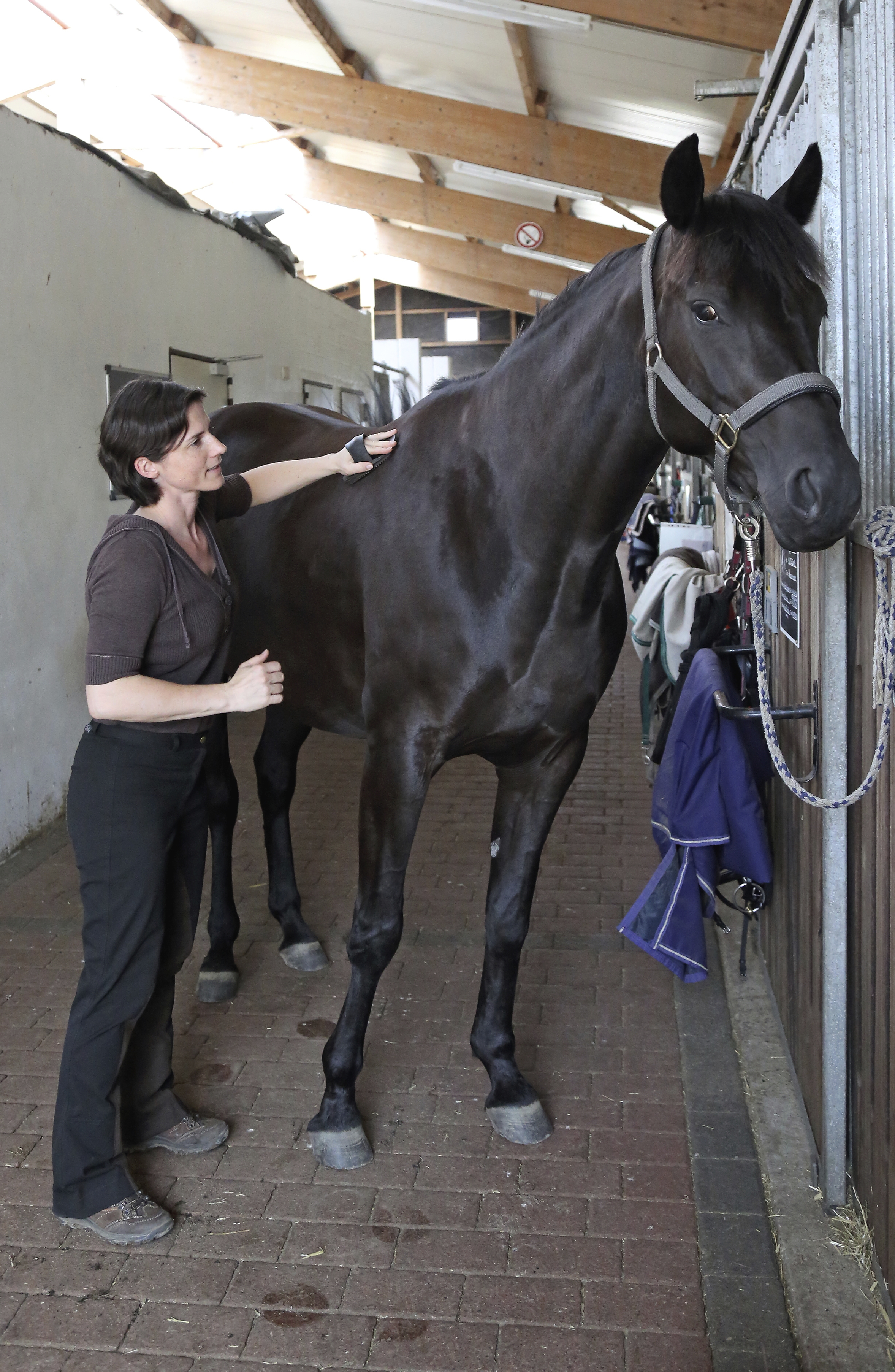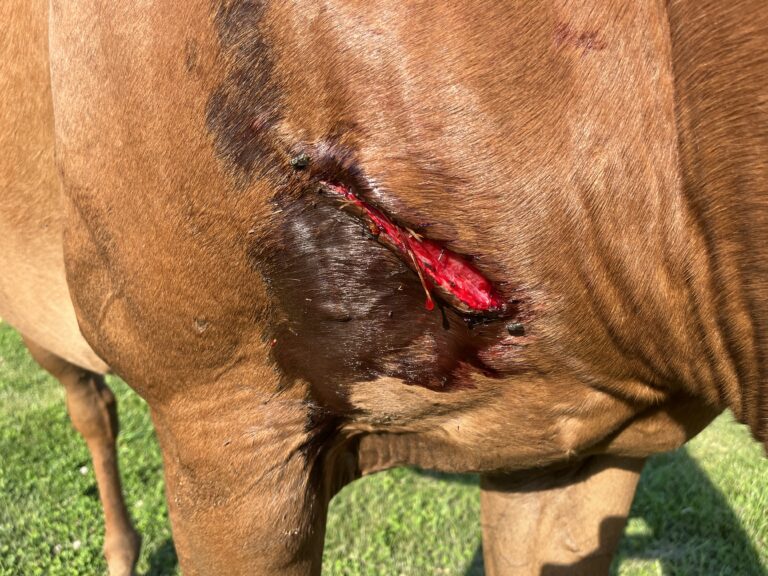Q: Without the option of bathing in the winter, what are some ways I can keep my horse looking tidy, well-groomed and polished?
A: As the weather transitions from fall into winter, your horse’s coat will grow thicker. Since a full bath is often out of the question during colder months, many riders have trouble maintaining their horse’s tidy appearance. Here are five tips for ensuring a well-groomed and polished horse all year round.

(Arnd Bronkhorst – arnd.nl
)
As the weather transitions from fall into winter, your horse’s coat will grow thicker. Since a full bath is often out of the question during colder months, many riders have trouble maintaining their horse’s tidy appearance. Here are five tips for ensuring a well-groomed and polished horse all year round.
1. Maintain appropriate coat length. First, make sure your horse’s coat length is appropriate for his workload. My general rule of thumb is that a horse should dry in 20 percent of the time he is worked. If the horse’s coat remains wet for longer than recommended, his skin can become irritated and sore. For those working with horses who have a very wooly coat, you should consider clipping. A low steeplechase clip will help your horse maintain a comfortable temperature while working. If you can’t prepare your horse with a bath before you clip, it’s important to thoroughly clean his coat using brushes and a comb and then apply oil to help ease the clippers during your groom.
2. Establish a daily routine. As the horse’s coat grows denser, it’s important to maintain a regular grooming routine and vigorously curry the body daily. Keeping this in mind, you will need a range of tools to properly execute this during the winter months. My daily grooming routine post-ride requires a few different types of curry combs, a bucket of warm water and a small hand towel. To truly get under the coat, use a tool with wider, longer teeth. This can include a dandy brush, a sweep brush, a wide-tooth steel comb or a shedding rake. You should also incorporate your fingers into the routine to frequently check that the skin under the coat feels clean. While a tool can make the coat look clean on the surface, it’s crucial to check the skin for bumps, wounds and irritations.
3. Curry the coat. Begin by currying the coat in a circular motion to break up debris or tangled hair with either a long-bristled dandy brush with fairly stiff bristles and/or a long-bristled sweep brush with medium bristles. Next, fill a bucket with 1 gallon of warm water, a couple drops of mild dish detergent or glycerin soap and a few drops of grooming oil. If you don’t have grooming oil, you may substitute olive or coconut oil for a similar result. Take the small hand towel and submerge it in the water mixture, then ring it out to avoid saturating the coat. Begin rubbing the towel in circles all over the coat. To ensure a truly deep clean, really rub the towel vigorously. Once you’ve gone over the horse’s entire coat, smooth it down with a dense, short-bristled brush.
4. Maintain the tail. During the winter, I prefer to tie the horse’s tail up as a precaution during the freezing mud season to prevent him from getting “mudsicles.” To address this, I simply detangle the tail gently with a large-tooth comb or my fingers. Once it is smooth, I then braid it, secure with an elastic band and roll the tail into a ball. To wrap up the tail, I use Vetrap. You can leave the tail like this for a week or so and it will help keep the tail looking great for when you need it.
5. Spot-treat the coat. If you have a special event coming up that requires a clean coat, I recommend mixing a tablespoon of whitening shampoo in a bottle with one part rubbing alcohol and one part water. Spray this solution on any visible manure or grass stains, then towel out that area until it’s clean and shiny. This mixture works better than any dry shampoo I’ve previously tried and it can be used on all coat colors, not just whites or greys.
Overall, the key to maintaining your horse’s appearance during the winter is to remain vigilant and attentive to the health of his skin. By frequently currying and keeping the coat trimmed, your horse will stay clean and healthy without requiring a bath.
Find more great tips and how-tos in Cat Hill and Emma Ford’s book World Class Grooming. Use code DTREADER15 to save 15% off your entire order at EquineNetworkStore.com

Cat Hill has worked as a farm manager and groom for several top riders, including cutting-horse champion Craig Thompson and top eventer Mara DePuy. She currently works as a freelance groom, teaches lower level riders in dressage, jumping and eventing and serves as an educator for Andis grooming supplies. Throughout the years, she has worked at almost every type of competition, from the local fair to the Pan American Games.











